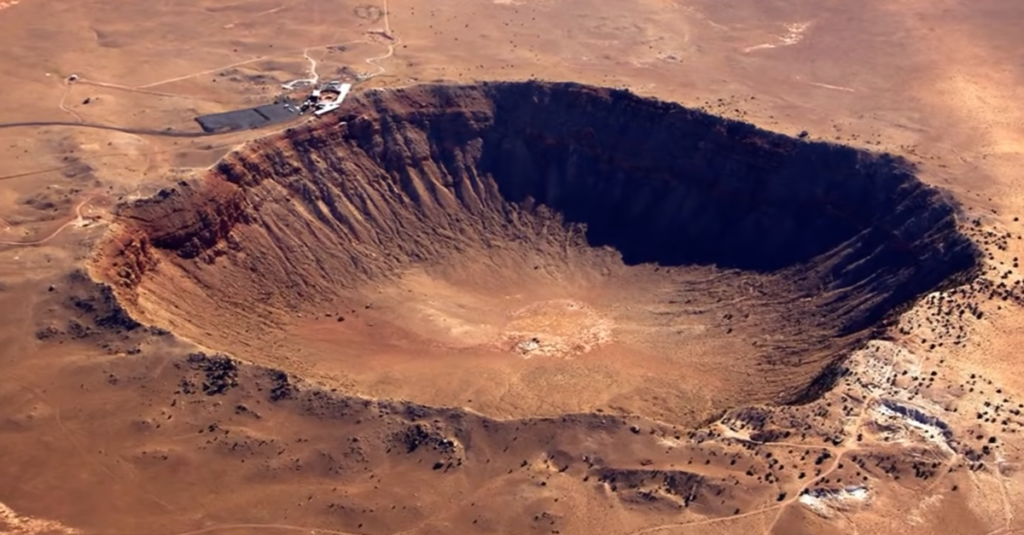
Scientists have taken a historic step into Earth’s deep past by drilling into the Chicxulub crater, the remnants of an asteroid impact that wiped out the dinosaurs 66 million years ago. Located off the Yucatán Peninsula in Mexico, the Chicxulub crater is one of the best-preserved impact sites on Earth and a key to understanding one of history’s most devastating extinction events. This massive asteroid strike is widely believed to have triggered a chain reaction of ecological collapse, wiping out nearly 75% of life on Earth, including the mighty dinosaurs.
The Latest Information
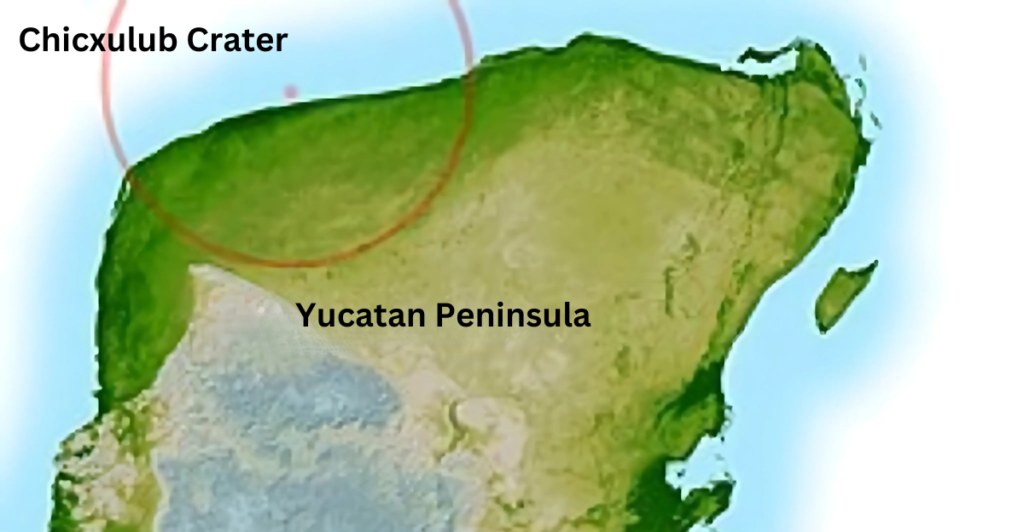
Recent discoveries from the drilling expedition have provided groundbreaking insights into how this catastrophic event shaped the planet. Scientists uncovered “shocked” granite rocks that had been violently displaced from deep within the crust, resting above sedimentary rocks. This finding supports the dynamic collapse theory of peak-ring formation, a model that helps explain the structural aftermath of massive impacts.
The Chicxulub Crater: A Window to the Past
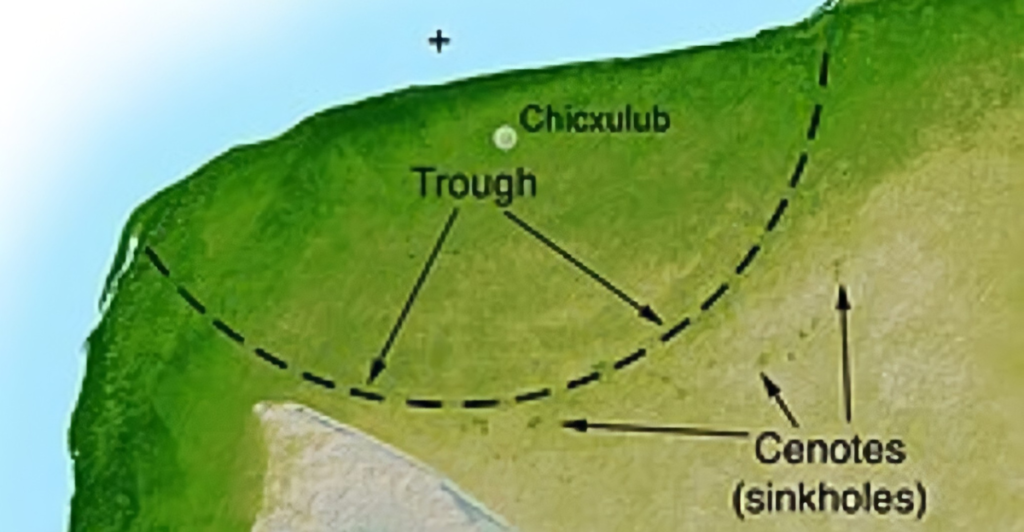
The Chicxulub crater spans over 93 miles (150 kilometers) in diameter, making it one of the largest impact sites on Earth. Formed by an asteroid estimated to be 6 miles (10 kilometers) wide, the impact generated energy equivalent to 10 billion Hiroshima bombs. The drilling project, spearheaded by the International Ocean Discovery Program (IODP) and the International Continental Scientific Drilling Program (ICDP), aimed to uncover evidence of how such colossal impacts affect planetary geology.
How Deep Did They Go?

The team drilled over 4,920 feet (1,500 meters) below the seafloor to reach the peak ring, a circular feature unique to large impact craters. This ring represents the structural rebound of Earth’s crust after the asteroid’s explosive force displaced vast amounts of rock. The Chicxulub peak ring has long been a mystery, but the newly uncovered granite rocks shed light on its violent origin.
The Dynamic Collapse Theory Confirmed
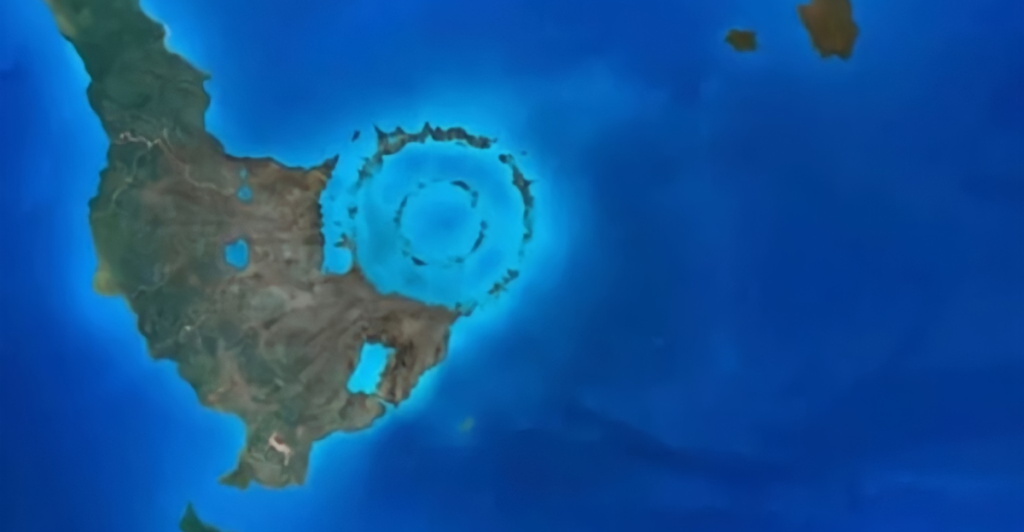
A key finding of the research is the validation of the dynamic collapse theory, a model explaining how peak rings form during asteroid impacts. According to this theory, the immense energy of the impact liquefied and displaced deep crustal rocks. These rocks, which normally lie several miles beneath the surface, were thrust upward and outward, eventually settling above softer sedimentary layers.
It Happened Fast

The shocked granite rocks, bearing microscopic fractures and high-pressure deformations, are clear evidence of this process. Dr. Sean Gulick, a geophysicist from the University of Texas at Austin and co-chief scientist of the expedition, explained, “The Chicxulub crater is like a frozen moment in time, preserving the immediate aftermath of an impact that changed the planet.” The discovery is crucial for understanding not only Earth’s history but also the formation of similar features on other planetary bodies.
Implications for Life and Extinction

The drilling expedition also provides insight into how life on Earth was affected by the asteroid’s impact. The heat and pressure from the collision sterilized the area, creating a barren environment. However, the porous nature of the shocked granite rocks suggests they could have served as habitats for microbial life once the environment stabilized.
After A Thousand Years

The researchers found traces of ancient microbial activity within the rock samples, indicating that life began to rebound in the crater within a few thousand years. This finding underscores the resilience of life and offers clues about how life might arise in extreme conditions on other planets.
Global Impact and Lessons for Today
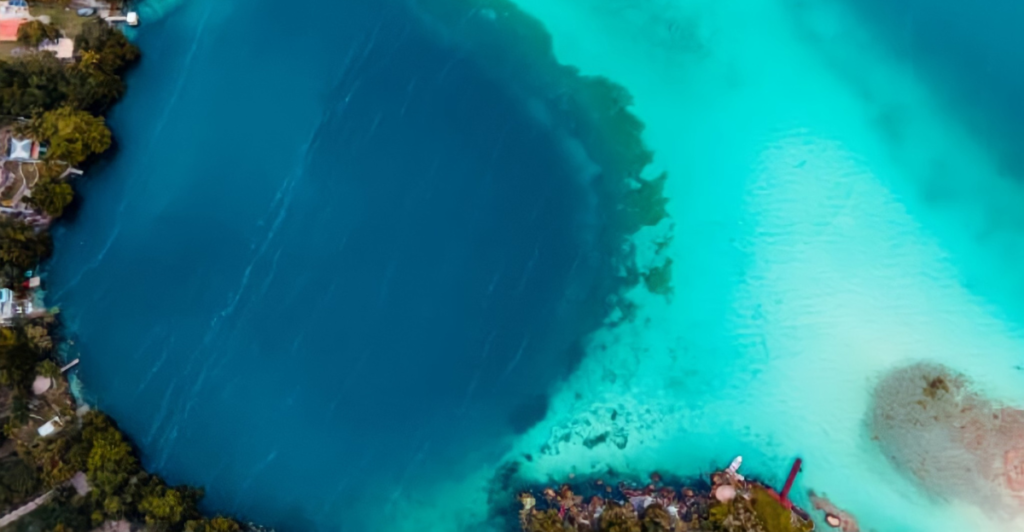
The Chicxulub impact had far-reaching consequences, including massive wildfires, tsunamis, and a “nuclear winter” caused by dust and sulfur aerosols blocking sunlight. These conditions disrupted Earth’s climate for decades, leading to the collapse of ecosystems worldwide. Understanding the mechanics of this event provides valuable context for modern concerns about asteroid impacts and climate change. Today, NASA and other space agencies monitor near-Earth objects (NEOs) to assess potential impact threats. The Chicxulub crater serves as a stark reminder of the catastrophic power of asteroid collisions and the importance of planetary defense systems.
The Cutting-Edge Technology Behind the Discovery

The drilling operation relied on advanced technology to extract rock cores from deep beneath the seafloor. These cores were analyzed using high-resolution imaging and geochemical techniques to identify shock-induced changes in the rocks. Researchers also used 3D modeling to reconstruct the impact event and simulate the formation of the peak ring.
The Most Important Moment In History

Dr. Joanna Morgan, a geophysicist at Imperial College London and co-leader of the study, emphasized the importance of interdisciplinary collaboration. “By combining geology, physics, and biology, we’ve uncovered new layers of the Chicxulub story, literally and figuratively,” she said.
A New Chapter in Earth’s History
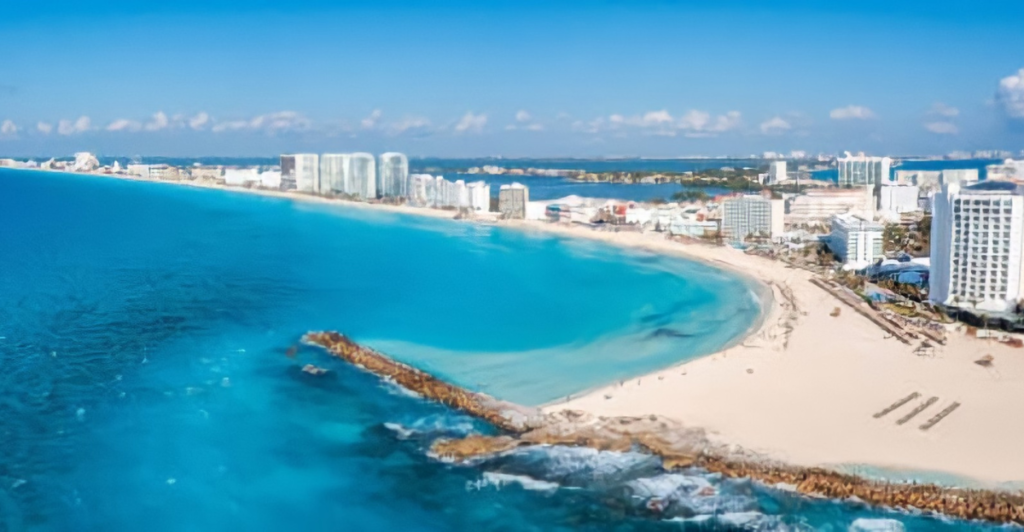
The Chicxulub crater drilling expedition has unlocked a deeper understanding of one of Earth’s most transformative events. The discovery of displaced granite rocks validates long-standing theories about crater formation and provides a window into the resilience of life in the face of catastrophe.
More Discoveries To Be Made

As scientists continue to study the data, the Chicxulub crater reminds us of the fragility and adaptability of life on Earth. The lessons learned from this ancient impact resonate today, inspiring efforts to protect our planet from future threats and understand the forces that have shaped our world.
Discover more of our trending stories and follow us to keep them appearing in your feed

California Is Breaking Apart: A Fault Line Is Forming Faster Than Anyone Predicted
There Will Be Eruptions: Concerns Mount as Yellowstone Supervolcano Activity Shifts
Bobcats Are Making a Comeback—And They Might Be Protecting Us From Disease
After 800 Years of Silence, This American Volcano Shows Signs of Activity
References:
Reference 1
Reference 2
This article first appeared here
Stay connected with us for more stories like this! Follow us to get the latest updates or hit the Follow button at the top of this article, and let us know what you think by leaving your feedback below. We’d love to hear from you!







